Archives
The Lone Drainer And Pronto!
At The Lone Drainer and Pronto we’re not like other cowboy plumbers…
We fix your blocked drains, leaking taps and toilets with Silver bullet speed and without making a mess. And before we start, we provide you with our legendary no-surprise fixed quote that blends over 40 years of plumbing experience, technology and training so good…. even other plumbers seek our advice!
(02) 9664 4990 http://www.TheLoneDrainerAndPronto.com.au
Thanks to Dr Marc Dussault for helping us “hit our targets”.
Check him out at http://www.antimimeticisomorphism.com/
Why you should ‘Dial Before You Dig’
Before carrying out any excavation for plumbing repairs, your licensed plumber should do a “Dial before you Dig” check on your property and surrounds.
This process shows where gas, water, sewer, stormwater, telecom and electric services owned by all utilities are located.
Although this is an extreme case, check out what could happen if you don’t know what lies beneath:
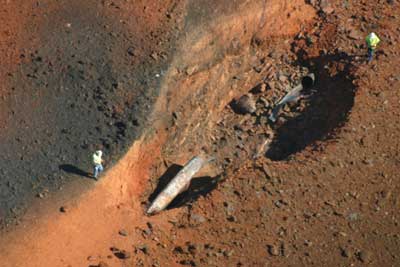
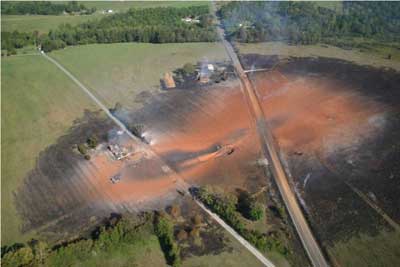
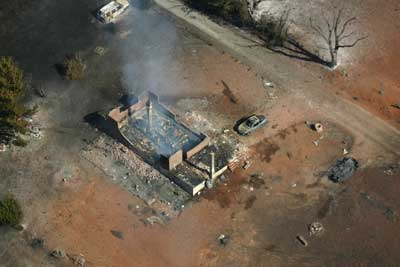
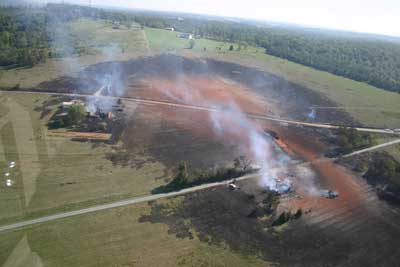
This massive explosion occurred in the USA during September 2008. Although it was caused by pipe corrosion, and not by a farmer digging as several emails have suggested, the extreme destruction seen in the photographs above shows the extensive damage that can be caused by an exploding gas pipe, and how obvious it is that this should be avoided at all costs.
If you’re not sure about the condition of your gas pipes, call a licensed plumber, and remember to always dial before you dig!
PVC Pipes Blocked by Hills Weeping Fig
The Hills weeping fig (ficus microcarpar var.) is a beautiful tree which in some areas provides a shady archway for many streets in our Sydney Eastern suburbs.
But why are the residents of these streets pulling out their hair?
The Hills weeping fig is like Jekyll and Hyde.
Dr Jekyll brings shade in summer; tree lined streets become a breezeway, cooling our homes as their majestic branches cast shade and protect us from the searing summer heat, attracting birds to feed on their fruit twice a year.
But, Mr Hyde is lurking. Those same fruit bring flying foxes…and other mysteries.
My interest in this tree is the power of its root system. Their reach is widespread, sometimes 3 or 4 or more times wider than they are high. The root system will move stone walls, lift concrete footpaths and driveways and of course invade sewer and stormwater pipes. The roots from this tree just keep on coming after they are internally pruned with an electric eel or “Rattlesnake” high pressure water drain cleaner.
Last week we attended to 4 tree root sewer blockages directly caused by the Hills Weeping fig.
The 2 blocked sewer pipes that particularly interested me were PVC sewer pipes.
Why is that interesting, I hear you ask?
Well… tree roots don’t grow into PVC pipes! …..or do they?
The Kensington blocked drain was in an established housing estate about 10 – 15 years old. The townhouse in question had no previous blocked drain history. The Hills weeping fig was about 30 metres away. Its root system had grown up to this house and had actually grown into the PVC pipeline through a screw-on cap that we plumbers call a cleaning eye. The fine roots had grown into the cap thread and multiplied inside the pipe thus causing the sewer blockage.
The Bellevue Hill blocked sewer was similar.
This house was built during the year of Sydney’s 2000 Olympic games after the long term owners, were tired of having blocked sewer pipes every 3 months, and tree roots “growing up through the back of the toilet”, amongst other reasons.
During the rebuild all the pipelines were installed in PVC pipes and fittings. The house finish was state of the art plumbing fixtures, with beautiful sandstone tiles around the outside of the house. All the pipes were concealed! No cleaning eyes! Why would we need access to the pipes as they have all been installed in tree root proof PVC? The nearest fig tree was 30 odd metres away.
Well, what started as a simple blocked floorwaste, grew to removing that beautiful toilet suite to clear the blocked sewer pipe. We used the “Rattlesnake” high pressure water drain cleaner to remove tree roots from the blocked pipeline. When the blockage was cleared we carried out a camera survey of the pipeline. About 14 metres downstream the camera showed the remnants of the cut tree roots, but just as important, our drain camera survey showed the PVC pipe had been squashed. What was a round internal pipe, was now oval shaped with a crack in at least 1 of the fittings.
Who said tree roots don’t grow in PVC sewer pipes?
Beware Mr Hyde!
https://www.thelonedrainerandpronto.com.au/vaporooter.php
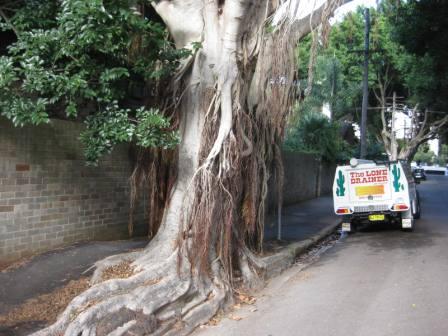
Hills Weeping Fig Tree
Use only Genuine Pipes! for Plumbing
Today’s post is courtesy of Dr Marc Dussault. Check him out at:
http://www.ExponentialPrograms.com/business/blog
Piping Specifications
Mr. Santa Singh is a brilliant engineer of College of Engineering Patiala and Mr. Banta Singh is his boss and a gold medalist of Jalandhar University. Both of them are serving for Punjab Pipes whose owner is Ms. Gurujit Kaur. In one of the tenders Mr. Santa Singh has declared the pipe specifications.
Prepared by: SANTA SINGH Approved by: BANTA SINGH
NOTE: Some vendors are now able to supply pre-rusted pipes. If available in your area, this product is recommended, as it will save a great deal of time at the job site.
Never Underestimate The Power of Water and its Effects on Drainage
The awesome power of water and the damage it can cause has been widely witnessed in the past month, not only throughout Sydney, but also along the entire eastern coastline of Australia. These problems have been caused by freak weather patterns and the failure of man-made stormwater systems to cope with the sheer volume of stormwater.
Large storms in South East Queensland have caused the largest floods that the area has seen in 20 years. These floods left hundreds of people stranded for days, as well as causing millions of dollars in damage and completely submerging many towns, with levee banks being breached and rivers bursting their banks. Locally, damage from extensive rains was also seen in Coogee and Randwick with flash flooding sweeping parked cars out onto the street, turning low lying areas into lakes and severely damaging some local homes, properties and businesses like Coogee Bowling Club, only 200 metres from our Coogee base. The world famous Coogee Oval was submerged, with only the tops of the picket fence still visible.
Stormwater systems throughout the Coogee and Randwick area were put to the test, and any property with even slightly blocked stormwater drains had water lapping at their doors, and in some cases had water damage inside their homes. Many gardens were ruined by the “walls” of stormwater passing through.

Dolphin Street Coogee turned into a riverbed
On May 28th 2009, a water main running underneath Victoria Road in Bellevue Hill burst, causing such a great deal of erosion that a 25m stretch of road collapsed, washing away two cars with it into Cooper Park below. This landslide caused a major road to be closed indefinitely. The damaged gas pipes meant that the surrounding area had to be temporarily evacuated because of the risk of an explosion.
It has been reported in the press that water was seen leaking from the road in this area in the week leading up to this hole appearing.
Never ignore a leaking water pipe or blocked stormwater pipe.
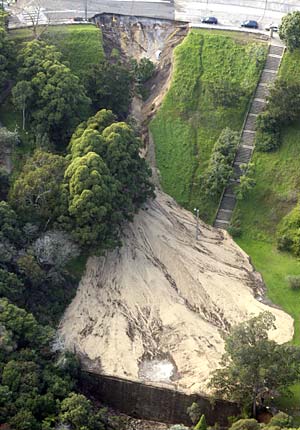
Cooper Park below burst water main in Bellevue Hill
Fixing a Blocked Drain with The Electric Eel!
I asked Bruno, the plumber, to attend to a blocked drain at a well-known food shop in Bondi as I was on crutches and could not do so myself.
Whilst Bruno was fixing the blocked drain he rang me to say that he couldn’t get the electric eel out of the drain pipe and could I come and help. My wife (who was 8 months pregnant at the time) drove me to the site and I limped in and found Bruno with the electric eel over an access drain with the eel cables stuck fast!
“What happened” I asked. Bruno said, “The eel cables just kept going in, so I kept on putting them in”.
“How much cable is in that hole”? I asked. “About 45 feet” (15 metres) he replied!
“How far to the blocked toilet”? I asked” “About 10 feet” he replied! I cringed!
I held on to my crutches and tried to help Bruno drag that electric eel out of that pipe. It wouldn’t budge!
Fortunately for us, the house behind the shop was vacant …. except for the “beast” that had been unleashed in the bathroom. The extra 35 feet of eel had come out through the back of the toilet, done a complete circuit of the small bathroom, then out the door and down the hallway towards the kitchen. The spinning action of the eel had allowed it to grab the old carpet hall runner in a “death roll”. When we had tried to wrestle the eel from the pipe, the old carpet had got stuck fast!
We were of course able to salvage the situation, had the carpet cleaned, replaced the loo and successfully cleared the blockage.
Some 12 years later when I have a coffee with Bruno (who now has his own very successful plumbing business) and we laugh about our daily plumbing lives, telling those gathered about the dangers of the electric eel, Bruno still blushes and says “David, it’s just The Nature of The Beast“!
Plumbing Tip: Don’t keep putting your resources into a black hole!
https://www.thelonedrainerandpronto.com.au/plumbing_services.php
